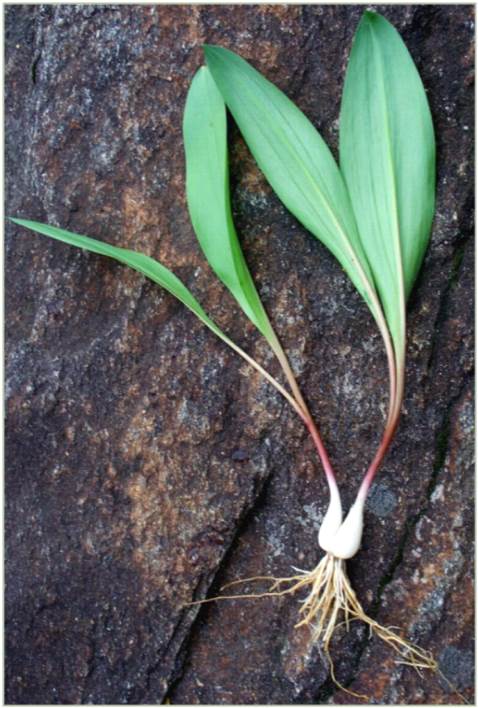I took the opportunity to plant tomatoes at two different locations that I help maintain here in Hocking. My target date for tomato planting is usually around Memorial Day. That avoids almost any chance of a late frost as well as allows the critical soil warming tomatoes need. Tomato plants will stop uptake of nutrients from their roots if temps are too low. That is also why I told folks to hold off planting in April even though we had some great weather. The past week had very high temps for most of the week(perfect to warm soil), then moderate temps with rain for the ten days following. Perfect to plant and then have a good source of water for the new transplants.
First up was the Children’s Educational Garden here at the fairgrounds. Here is the spot:

Four raised beds filled with compost. Great sun exposure, up against chain link fence.
Last year I planted a couple cherry tomatoes and then trellised them along the fence. It worked great. I tied the vines horizontally in a modified espalier technique. It allowed tremendous production and I was able to keep the vines at kid level so they could easily harvest.
Building on that I started seedlings for six different colors of cherry tomato in my seed start grow station. That will give us way more that can possibly be eaten but I was looking for a colorful effect. I am a little worried about following tomatoes with tomatoes in back to back years and not following correct rotation. I will only be able to do an every other year rotate. I do heavily mulch and we reapply compost. I will keep a close eye for disease. Cherry tomatoes have shown they can out grow the blight so I am not super worried.

L -> R: White, Red, Chocolate, Orange, Green and Yellow.
The mulch is mission critical. It smothers weeds, keeps the soil cool(not cold), prevents moisture loss as well as provides a barrier to the fungal spores in the soil that splash on the leaves and cause most of the tomato diseases. That is why I had to wait until the soil warmed. The mulch would have slowed warm up.
Next up The Urban Farm:
We are planning to use 2 of our 6 beds in tomatoes. One of each of the two different growing media. I want to see how they do in comparison. The trellis method here is different. I am using cattle panel that are zip tied into a steep triangle. This will allow easy harvest and the panel will last years.

dark soil is a mark of lots of organic matter.
Tomatoes are one of the only plants that should be buried deeper than where they were growing in their container. This is because they will grow roots off the stem below the ground which makes a stronger plant. I pinched off the lower branches and leaves and planted them in 10 inch deep holes. Then comes the mulch. I put about 3-4 inches deep hay around the plants. I will add more as the plants grow.

14 plants per bed, 28 tomatoes total.
The asphalt next to the right side bed will keep the heat in. This might hurt the plant in high summer heat. I put cherry tomatoes in that bed as they do less blossom drop due to heat. Now I just need to get my home plants in.








































